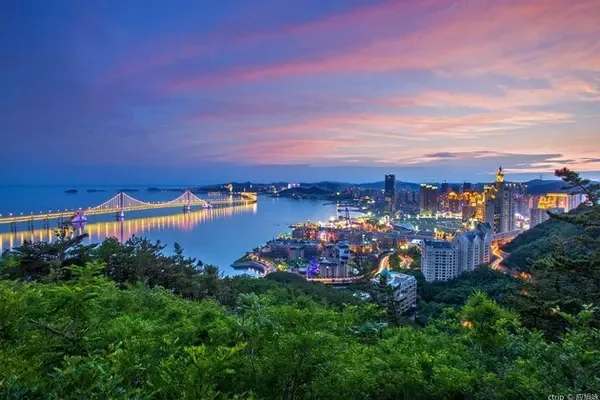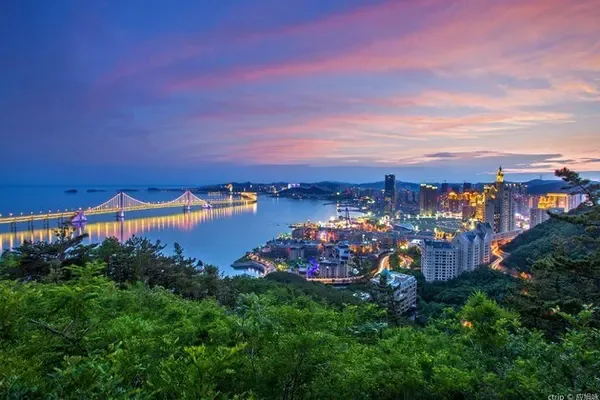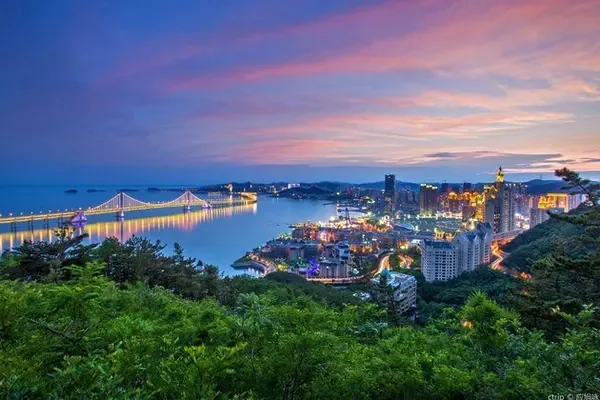★Travel location: Yunshantun, Yunfengtunbao, Anshun, Guizhou
Sure enough, after walking for too long, we arrived at the gate of Yunshantun. A row of windmills are spinning very happily against the wind. I don’t know why this kind of windmills are particularly popular in recent years. In fact, ancient buildings like Tunpu are really not very suitable for decoration with windmills. I think they can be seen with small lanterns. It is also very festive.

Walking into the gate of Yunshantun, there are two passages, one is the roadway and the other is the sidewalk. Of course we choose the sidewalk on the right and climb up the steps.

We climbed to a pavilion in the middle of the mountain. We took a rest, ate and drank, blowing the mountain breeze, and watching the scenery down the mountain. It actually took a lot of time.
cloud

Shantun was originally a military village, and after the decline of the farming system, it gradually became a commercial village with the influx of rich merchants. It is currently the best-preserved Tunbao village. It was the most prosperous and prosperous during the Republic of China, with a total of 1,040 households and more than 6,000 people. It was called "the largest and most complete cultural village group".

There is also a piece of soil under the word "Tun" in "Da Tuen Mun", which refers to the place where the villagers of Tunbao gather to avoid war and plunder. It was built in the early Ming Dynasty. Tuen Mun is built of huge stones, with a gate tower dedicated to Shen Wanshan, the god of wealth and wealth. This imperial merchant, whose ancestral home is Jiangsu, did not end well, but people have extra belief in the cornucopia.

The wall around Tuen Mun is 7-8 meters high and 1.5-2 meters thick. There are crenels and gun holes on the wall. The total length of the wall is more than 1,200 meters. Absolutely. There are commanding heights everywhere, and there are many outposts. Once a war breaks out, they will form a complete command and combat system.

Tuen Mun is a hilltop-style building, usually with two wooden doors, which are opened during the day and closed at night. Once the sentries call the police, Tuen Mun will be closed immediately, and they can immediately enter a defensive state.

Walking in is a street of Ming and Qing Dynasties, about 600 meters long and 35 meters wide, paved with bluestone slabs. Although this street is not long, it is divided into three sections by history. The architecture and humanities in the first half are dominated by the Ming Dynasty, the middle is the Qing Dynasty, and the last section is the Republic of China and later. Although the path is not necessarily clear, but generally can still see such a context.

After seeing the Ming and Qing Streets in Qingyan, and looking at this one in Yunshantun, I feel that the popularity is too low, right? Along the way, we only saw three or five groups of tourists, and there were no tour groups at all. It stands to reason that the development of Yunfeng Fort was earlier than that of Tianlong Fort, but now its popularity has lagged behind by a large margin.

Walking on the cold stone road, it seems to be traveling all the way in a time machine, from the Ming Dynasty to the Republic of China. There are many small alleys on the side, and the buildings are well preserved. The Ming and Qing Streets used to be prosperous for a while.

With the ups and downs of the mountain, we climbed all the way, and there are also some courtyard houses and courtyard houses to visit along the way. For example, the Jin Family Courtyard was first built in the middle of the Qing Dynasty and was later renovated during the Republic of China. In addition to meeting daily needs, the wing rooms on the left and right also had external paving platforms. At that time, the Jin family was operating pawn and leasing. There are hidden gun holes under the counter to prevent banditry.

The Temple of Fortune is probably an indispensable building in every ancient town, even if most of them are not very grand. As the Yunshantun of Shangtun, the Temple of God of Wealth is definitely standard. This temple was first built in the Qing Dynasty. I think that from the Qing Dynasty, the military village began to change its role and became a commercial village.
The Temple of the God of Wealth we see now has been repaired. It turned out that a squire named Jin in the village raised funds to build it, and enshrined the God of Wealth and Wealth Zhao Gongming. This time, all the civil and military gods of wealth in Yunshantun are complete.

The main street is getting wider and wider. After walking to the middle, if the terrain is flat, it is not a problem to drive a private car. It can be seen that the business was prosperous at that time.

The foreign-style house was first built in the Republic of China, and it has also been repaired. It was originally funded by a wealthy family named Jin Cunzhou, and a Shanghai designer was invited to design it. The designers of Shili Yangchang are all accustomed to European style, so this house has a strong European and Western style.
Further on, the house appears a little more modern. Some houses are obviously being repaired. I don't know if they are renovating the homestays to meet the needs of tourism.

There is also a Tuen Mun in Yunshan Tun, which is called Hou Tuen Mun. The two Tuen Muns plus the city wall formed the most stringent defensive circle in Yunshan Tun.
After walking out of Tuen Mun, there are continuous mountains. Fortunately, there is basically only one road ahead, and there is no need to be afraid of going sideways. Along the way, basically no tourists were encountered. It is estimated that everyone went to Hou Tuen Mun and returned the same way.

I checked that the time was still early, and there were no other attractions arranged that day. After discussing it, the two agreed to go further. The mountains in Guizhou are different from those in the south of the Yangtze River, they are taller and more handsome.

Not far from Hou Tuen Mun is the Temple of the Earth. Generally speaking, the temples of the Earth Goddesses everywhere are a bit rudimentary. However, I like their looks very much, they are kind-hearted, not like gods, but more like the old man and old lady of the neighbor's house.
The Dragon King Temple looks much more majestic. Although it cannot be compared with the temple, it is surprising to be able to have such a grandeur in such an inaccessible place.

Xuanzu Cave, also known as the Boiler Cave by the locals, used to be the place where gunpowder was made and stored. The main rock for cave development is dolomite, which is east-west.

There is a spring in the cave, but there is no light, and all you see are bare stones. If it is decorated with colorful lights like the Dragon Palace, it is estimated that many poetic and picturesque scenic spots can be created.

Going forward, it looks more and more desolate. There are no signposts on the side, and there is no one on the road. After all, I have no idea, and I feel that I can still go back. There is no need to turn back, head towards Da Tuen Mun, and there is really no detour.

When I walked out, there were still many private cars driving in. Yunshantun under the setting sun, it is estimated that there will be another kind of beauty.
When we walked towards the intersection, we saw a large field of rapeseed flowers, which was also very pleasing to the eye. Most of the rapeseed flowers I saw before were free from the houses, but here they are harmoniously integrated with the houses, which is very beautiful.






















